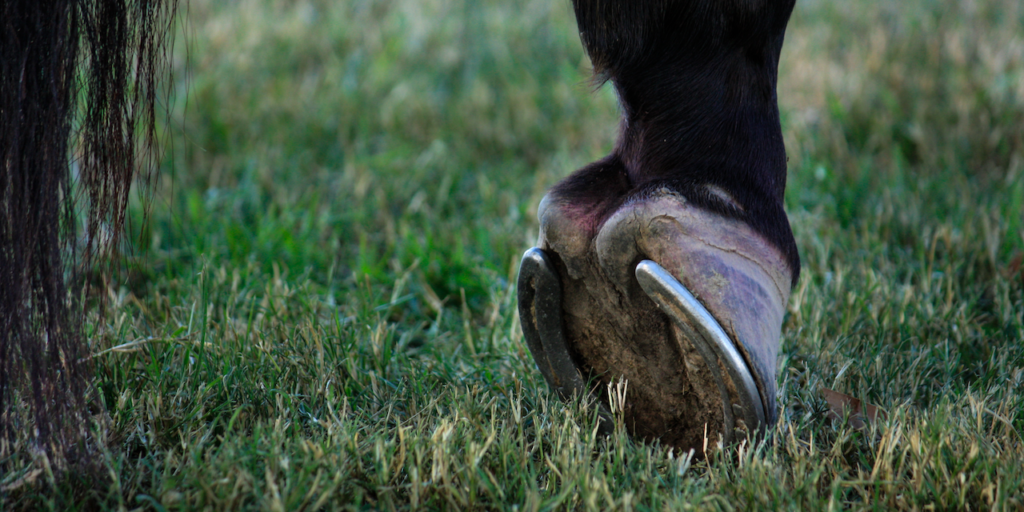According to the British Horse Society, laminitis affects one in ten horses and ponies every year. It’s a painful condition and it can cause permanent damage if left untreated. In this blog post we’ll be looking at what laminitis is, how to spot it and how to prevent it.
What is laminitis?
Laminitis affects tissues in the hoof called laminae which support the pedal bone. If these tissues have become laminitic, they have been weakened and will stop working as they should do. This can cause the pedal bone to move, impacting the horse’s stance.
The condition can be caused by a variety of factors, including:
- Hormonal conditions such as Equine Cushing’s Disease and Equine Metabolic Syndrome (EMS)
- Inflammation caused by colic, severe inflammation of the lungs or eating a large amount of carbohydrates
- Abnormal weight bearing where a horse puts excess weight on one hoof
If your horse is diagnosed with laminitis, your vet will work with you to work out the cause.
Signs of laminitis
If a horse is suffering from laminitis, they may display the following signs:
- An inability or reluctance to walk or get up after lying down
- Leaning back onto their hind hooves (known as a ‘laminitic stance’)
- A hoof that is hot to the touch
- An increased heart rate
- Behaviour changes
Showing any of these signs does not necessarily mean laminitis, so it’s important to get in touch with your vet at the earliest opportunity. They’ll help you work out what’s going on and recommend the best treatment.
If you do notice any of these symptoms, contact your vet and keep your horse comfortable. They could be in a lot of pain.
Prevention is better than cure
Thankfully, there are steps you can take to reduce your horse’s chances of developing laminitis and to promote their overall health. You can:
- Provide a well-rounded, low calorie diet to support a healthy weight
- Keep an eye on the ground your horse walks on – hard surfaces can be damaging
- Examine your horse’s hoof and check for any sign of abnormalities on a regular basis
Always work closely with your vet to manage laminitis. Most horses will make a full recovery with an early diagnosis and the right treatment.
